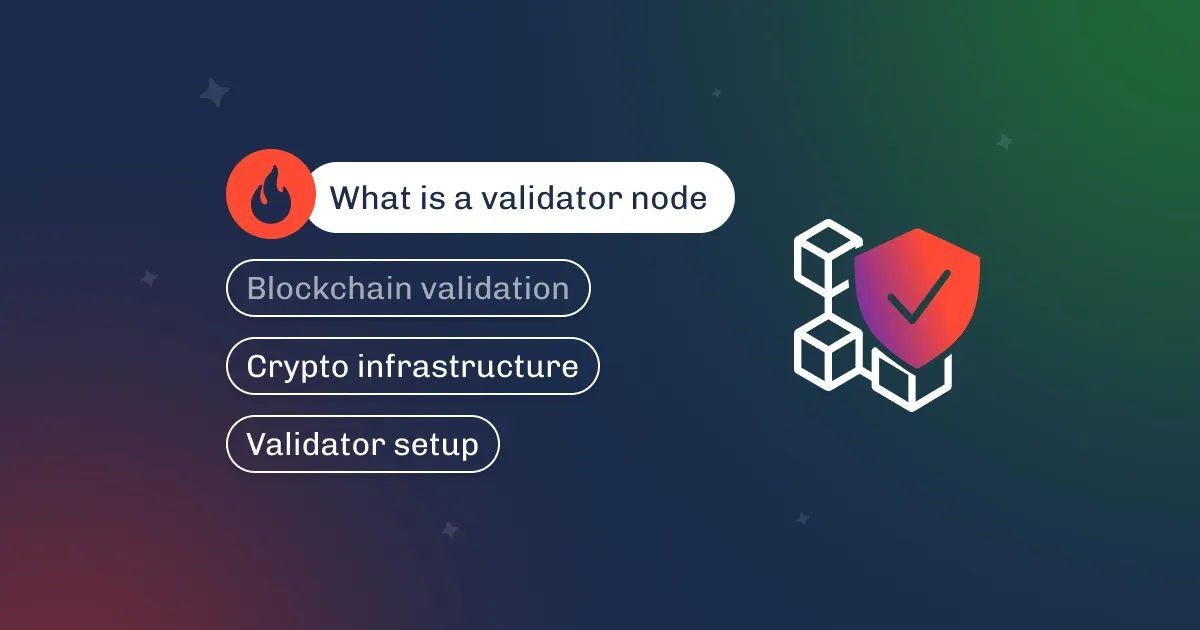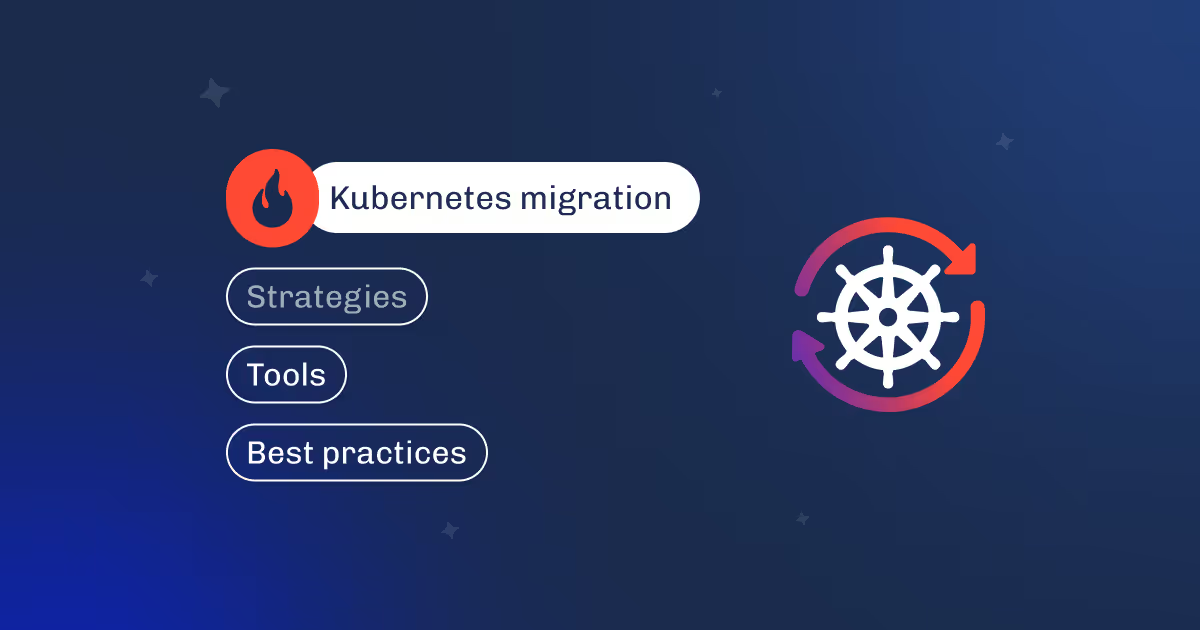

When your application, be it an e-commerce platform or a streaming service, starts growing, managing its containerized components manually becomes overwhelming. Each feature, from the database to the front-end, runs in its own container, and ensuring they work seamlessly together can feel like juggling too many balls. Scaling the app by hand often leads to downtime, errors, inconsistency, and wasted effort.
Container orchestration steps in to automate deployment, scaling, and management, ensuring your applications thrive even in the most complex environments.
In this article, we’ll uncover how orchestration does the trick with containerization and makes modern apps manageable, scalable, dependable, and less error-prone.
Containers are lightweight, portable software units that bundle an application with all its dependencies—libraries, runtime, and system tools—needed to run consistently across different environments.
Unlike virtual machines (VMs), which include an entire operating system, containers share the host OS kernel, making them far more efficient in resource usage and launch time. This efficiency enables developers to run multiple containers on the same infrastructure, isolating each application or service while maintaining high performance.
In modern computing, containers are the backbone of microservices architectures, where each service or component (e.g., authentication, database, API gateway) runs independently in its container.
This isolation ensures that changes in one service do not impact others, simplifying deployment and troubleshooting. Containers are created from images, which serve as blueprints defining the application’s runtime environment, and can be run on container platforms like Docker orchestration or Podman. Their portability across development, testing, and production environments makes containers indispensable for cloud-native applications and DevOps workflows.
Container orchestration is the automated process of managing the lifecycle of containers within complex application environments. This includes deployment, scaling, networking, and ensuring fault tolerance across distributed systems.

Imagine a typical e-commerce application: dozens of containers running microservices like user authentication, payment processing, inventory management, and search. Each container communicates with others, relying on specific resource allocations and network configurations. Manually managing these interconnections and scaling for traffic spikes becomes a logistical nightmare. With container orchestration, these complexities are handled automatically, allowing engineers to focus on innovation instead of firefighting.
The core functionality of container orchestration lies in its ability to maintain desired states. For instance, if an application requires 20 replicas to handle traffic, the orchestration system ensures that the number of running containers matches this target, automatically restarting failed containers or provisioning additional ones during peak demand.
Orchestrators leverage declarative configuration files, typically written in YAML or JSON, to define application states, network policies, resource constraints, and storage requirements, enabling seamless scaling and environment consistency.

Container orchestration is essential for efficiently managing modern distributed applications. Below are five key technical reasons, explained with specific use cases and applications.
Container orchestration allows applications to scale automatically based on workload demands. For example, in an e-commerce platform during flash sales, Kubernetes' Horizontal Pod Autoscaler (HPA) can increase the number of running pods (container instances) when CPU or memory usage exceeds a threshold. Similarly, when traffic decreases, resources are de-allocated, preventing overuse of infrastructure.
Orchestrators like Kubernetes ensure application resilience by monitoring container health and replacing failed containers. In a microservices architecture, if a payment processing container crashes, the orchestrator restarts it on a healthy node without manual intervention. This prevents downtime and ensures continuity in critical services.
Deployment strategies such as blue-green and canary are built into orchestration tools. For instance, Kubernetes enables canary deployments by routing a small percentage of traffic to a new version of the application. If errors are detected, the orchestrator automatically rolls back to the stable version, minimizing disruption during updates.
In distributed applications, containers need to discover and communicate with each other dynamically. Kubernetes assigns each service a DNS name and ensures seamless communication between containers, even as their locations or numbers change. For example, a web container can always find the database container by its service name, avoiding hardcoded IP addresses.
Orchestrators optimize resource allocation by distributing workloads intelligently across nodes. Kubernetes’ scheduler ensures containers are placed on nodes with sufficient CPU and memory. A data processing container might be assigned to a node with GPU support, while lighter workloads are placed on general-purpose nodes, maximizing resource efficiency.
Container orchestration platforms automate the management of containerized applications, while also integrating essential tools for logging, monitoring, and analytics. These platforms can be divided into two categories: self-built orchestration platforms and managed platforms (Containers as a Service or CaaS).

Self-built orchestrators offer complete control over the customization and configuration of your containerized environment. These platforms are often constructed from scratch or by extending open-source solutions such as Kubernetes (K8s). By choosing this option, teams can implement custom policies, specialized networking configurations, and specific security measures to suit unique application requirements.
For example, Kubernetes orchestration allows advanced configurations, such as custom resource definitions (CRDs), to extend Kubernetes’ capabilities for niche use cases.

Users can also deploy complementary open-source tools like Prometheus for monitoring, Grafana for visualization, and Fluentd for centralized logging. However, the trade-off is significant operational overhead: teams must handle installation, upgrades, security patches, and performance tuning of the orchestration platform and associated tools.
Managed platforms or Containers as a Service (CaaS) are offered by cloud providers such as Google Kubernetes Engine (GKE), Amazon Elastic Kubernetes Service (EKS), Microsoft Azure Kubernetes Service (AKS), and IBM Kubernetes orchestration platform. These platforms abstract the complexities of deploying and managing orchestration systems, allowing teams to focus solely on running containerized applications.
In managed platforms, the cloud provider handles tasks such as provisioning, scaling, applying security updates, and maintaining high availability for the orchestration container's control plane. Additionally, these services often include integrations with the cloud provider’s ecosystem, such as Amazon CloudWatch for monitoring in EKS or Google Stackdriver in GKE, simplifying observability across the stack.
| Feature | Self-built orchestrators | Managed platforms (CaaS) |
|---|---|---|
| Customization | Full control over configuration | Limited to provider offerings |
| Operational Responsibility | Requires in-house expertise | Fully managed by the provider |
| Scalability | Manual scaling setup required | Auto-scaling often built-in |
| Monitoring and Logging | Integrate third-party tools | Pre-integrated cloud services |
| Cost | Lower long-term cost, but higher upfront setup costs | Higher per-use cost, but reduced overhead |
For organizations requiring full flexibility, self-built platforms like Kubernetes are indispensable. Conversely, managed CaaS platforms are ideal for those looking to accelerate deployments with minimal operational burden. The choice between these approaches often depends on the organization's infrastructure expertise, operational complexity, and specific application requirements.
As container orchestration becomes an integral part of modern infrastructure, many leading organizations have leveraged its capabilities to transform their operations. Here are three standout examples that showcase its impact:
Adidas, a global leader in sportswear, faced challenges in deploying and managing its eCommerce platform efficiently. To overcome these hurdles, the company adopted a cloud-native architecture based on Kubernetes and Prometheus.
Within six months, Adidas transitioned 100% of its website to Kubernetes, achieving remarkable results:
Today, Kubernetes orchestration tools power 40% of Adidas' critical systems, enabling rapid innovation and superior user experiences.
Our partner, Remme.io, tasked us with building a secure and scalable infrastructure for their new product, Peanut.Trade. The challenge? Deliver everything from scratch in just 6 weeks with the flexibility to scale for future needs.
Our solution included:
The results:
This case was successfully implemented by the Dysnix team. Coin.Space, a provider of secure wallets for ERC20 and ERC223 tokens, approached us with a critical issue: frequent backend downtimes were reducing its popularity in the App Store.
We designed and deployed a high-availability, Kubernetes-based server infrastructure on Google Cloud.
Our solution delivered:
Thanks to this robust architecture, Coin.Space regained user trust and improved its standing in the App Store.
Containerization orchestration is at the core of modern application development, driving scalability, agility, and operational efficiency. Successful implementation depends on choosing the right tools and applying deep technical expertise to overcome complexities and deliver optimal results.
At Dysnix, we specialize in empowering enterprises with cutting-edge containerization and orchestration solutions tailored to their unique needs. Whether you’re building a cloud-native platform, optimizing your infrastructure, or seeking seamless scalability, our team of experts is here to help.
Contact Dysnix today and discover how we can turn your toughest challenges into opportunities for innovation.






